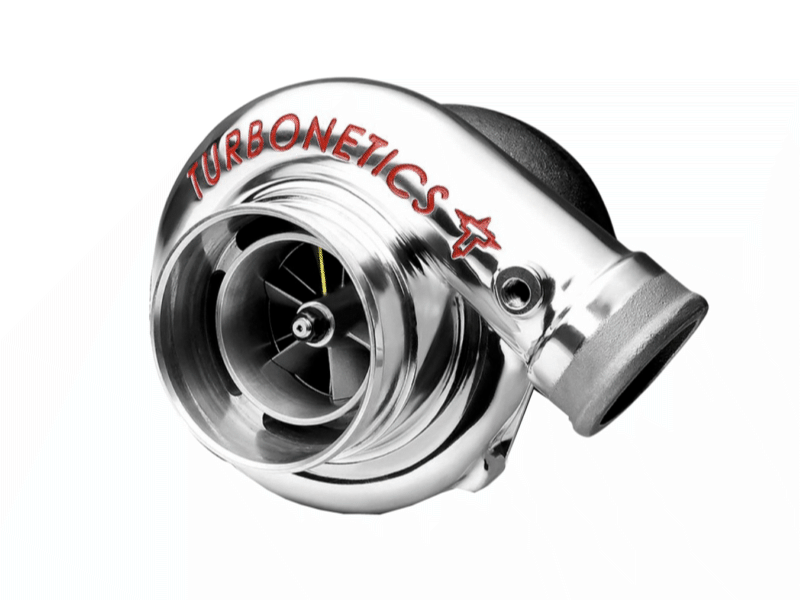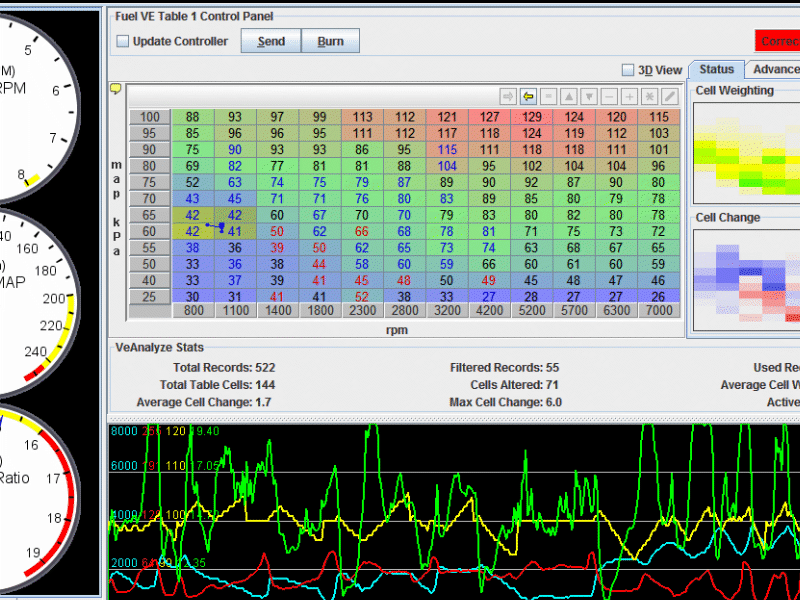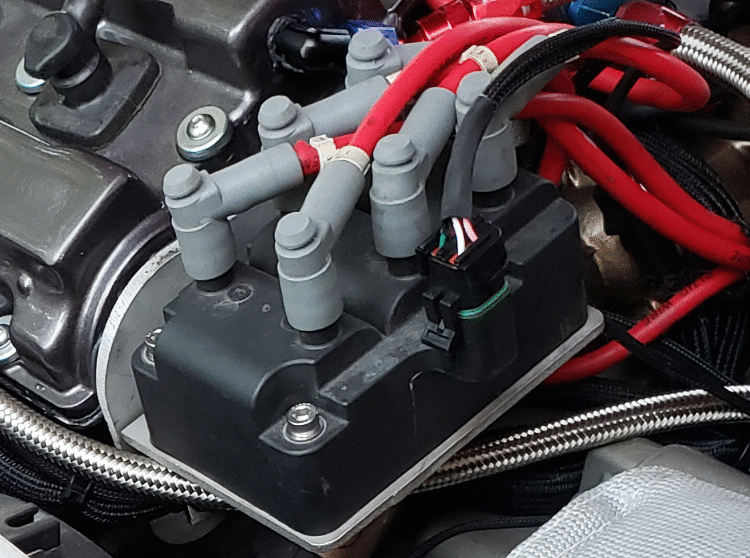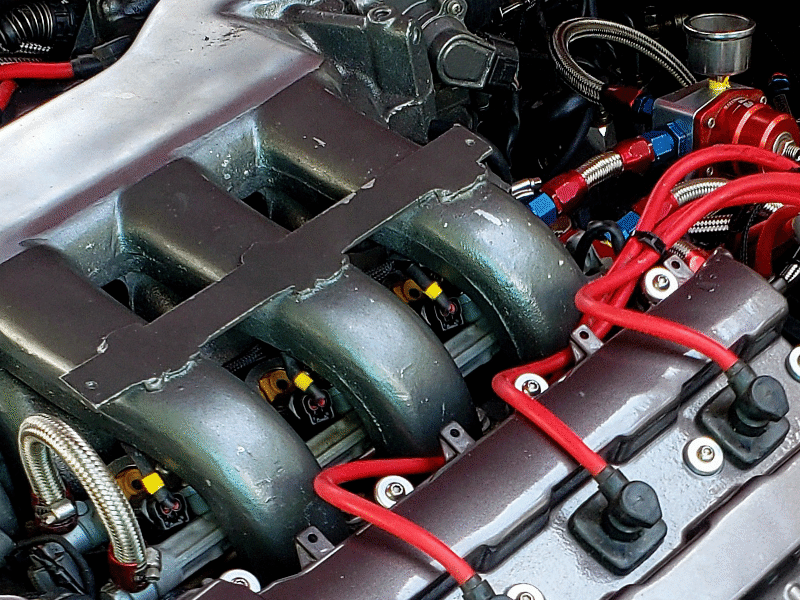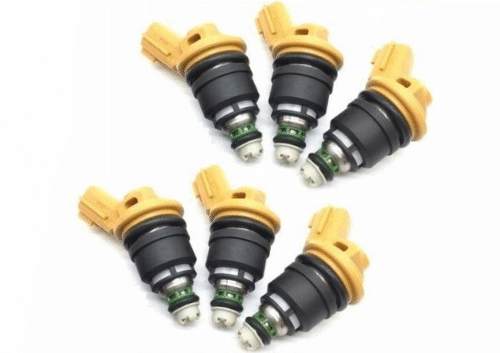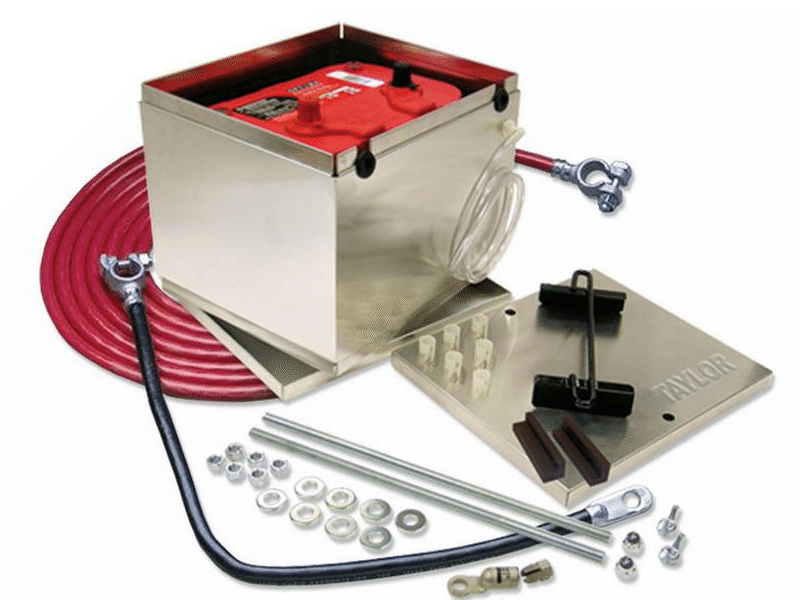Hot Pipes
Turbo Hot Pipes –
There are a few brands out on the market, but they are basically the same. These pipes are not professional grade and are normally made with thin stainless tubing, however for pricing and availability they are the best option on the market. Typically these pipes come with cheap hardware and gaskets, it is recommend to buy some hardened hardware with lock-nuts and Remflex gaskets to make installing a one time job. For this guide I am using the pipes shown.
These are the most common style hot pipes available, this is a SSAC (SSautochrome) style, they use Hotshot Primary header design and mount the turbo near the battery tray area. The turbo inlet will be at the edge of the battery tray. This style uses a 38mm flange for the waste gate.
Common issues with these pipes is getting the flanges to match up and having to modify the cross members. Often the header flanges do not match to the Y pipe correctly, or at all. This may require prying or re-welding the flange on correctly. If you have this problem and choose to re-weld, an upgrade is to weld on band clamp flanges, they seal the best and are much easier to work with.
These pipes don’t have a flange to recirculate the waste gate back into the exhaust system. So you will either need to make and route a dump pipe from your waste gate, or modify the piping to recirculate the waste gate into the down pipe.
Something’s to consider before making this choice is:
Dumping the waste gate – When the wastegate opens its going to blow exhaust out its exit port, if the dumping isnt properly routed you will have exhaust fumes in your engine bay, causing soot and smoke. Proper routing of a dump pipe to exit the engine bay is recommended. Another thing to consider is sound- the waste gate doesn’t have a pleasing sound when it opens, its raspy and winy, It will be noticeably audible over exhaust, spool up and engine sounds.
Recirculating the waste gate- This is one of the best options, but difficult. This will require some customization and stainless welding experience. When done properly, there is no change in overall exhaust tone and you can hear the turbo spool up loudly.
Turbocharger
The Turbo
There are many websites with calculators (google them) that you can use to select the best turbo for your engine at the desired RPM’s. If you are using the Ebay stainless steel style hot pipes you will need a turbo with a T04E exhaust side -unless you weld a different flange on to your pipes. You don’t need ball bearing turbos, or water cooled turbos but they do have advantages.
Common turbo Trims put on these engines are:
Compressor wheel .48 thru 60
Turbine wheel .63 thru .65
I personally run:
Turbonetics T3/T04E (60trim) Compressor .60/ Turbine .63, Stage 3 Exhaust wheel. (air cooled)
Witch Yields Spool ups around 3500rpm, Full boost at 4000rpm and carry’s thru rpms. The Turbo is stated to be good for about 600hp.
The Turbo Feed Line.
I Recommend a Stainless braided 3an oil Line, these will supply a good amount of oil the turbo at lower pressure so you do not blow oil thru the turbo seals. The oil supply for the turbo can be tapped into the stock Oil pressure sending unit location. Many turbos require a flange on the top of the turbo for mounting the feed line to, verify this with the turbo you select. Normal length from the Oil Pressure output to the turbo is 3ft. In the picture shown I used a T fitting to direct a second stainless braided line to the in cabin oil pressure gauge. A mechanical oil pressure gauge offers the best reliability and response, however it is more difficult and expensive to route.
The Turbo Drain line
You will need to find parts for your drain line that are at-least 10an or 3/4 Diameter. You will also need a bung welded in the oil pan at the highest possible position. Many turbos require a flange on the bottom of the turbo for mounting the drain line to, verify this with the turbo you select.
The type of line you need is completely dependent on your choice. Rubber line for oil coolers is more then suitable for this application, braided line will give you strength and resistance but may be more challenging to route.
Oil Feed Supply
Either of these spots will work for the oil supply, normally the one labeled “oil psi” is the easiest.

Wastegate
These pipes require a 38mm waste gate, I personally used a Tial Sport Waste Gate. If you don't plan to use a boost controller, get a spring rated for the boost you want to run. Depending on the desired boost you plan to run, if you plan to use a boost controller get a spring withing 3-6psi of that desired boost, this will allow for the most accurate boost tuning. Example: a 3lb spring with desired boost of 15psi is going go have delayed response and may cause issues.
response and may cause issues.
Purchasing a waste gate -The waste gate is essentially the main method to control the amount of boost the turbo can create. I recommend getting a genuine name brand waste gate, these name brands have thorough design and development along with manufacture guarantees. These parts are made to withstand the exhaust temps, and test of time & abuse.
Knock Off brand are drastically cheaper, but at a disadvantage. There usually is no manufacturer to return a defective part. A defective waste gate can either leak during boost, or not open at all during boost. A leaking waste gate will result in boost loss, power loss. A non-opening waste gate can result in boost creep or over boost. Boost creep and over boosting can destroy your engine if its not tuned for those levels of boost or doesn’t have over boost protection. Cheap knock off parts can be good usable parts, but when it comes down to main functioning components that are responsibly for controlling your setup, don’t risk your money on them.
Blowoff Valve
Often when people think of a turbo car, they think of the blow off valve first. This part is not absolutely required, but its recommended. The blow off valve basically releases the pressure in the intake upon deceleration. On initial deceleration, the turbo is still spooling, generating boost, but the throttle body is momentarily closed blocking the flow of air. This condition causes the turbo to compressor wheel to chop against the air thats not moving at the same rate the turbo is spooling This is often called “Turbo Surge”, creating a “turkey call”, “flutter” type sound. Over time, this can cause damage to the turbo compressor wheel and bearings.
On Low boost applications -2-4psi, this turbo surge condition is minimal and may not require a BOV. Often on stock turbo vehicles they have a re-circulation valve, that dumps the air back into the intake tract pre-turbo, post airflow sensor.
On Mid Range- A BOV is Required, you may be able to get away with a smaller cheaper bov like a greddy-S that has hard/soft settings. If you hear “flutter” with this type of BOV on all settings, you may need a larger BOV or a second BOV.
On Mid-High Range Boost -A BOV is essential, Select a valve that’s equivalent to the charge pipe size your using, Dumping alot of air very quickly is what you want. The HKS HSQL Valve is good at this, but it can be very high pitched loud. Personally I run a Tial 50mm Valve,

